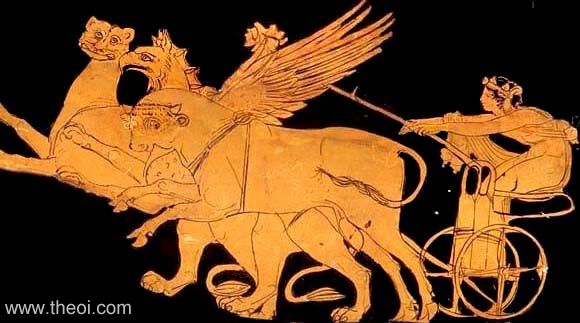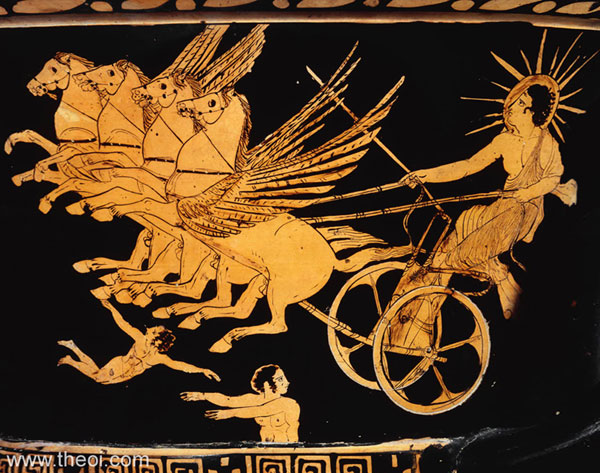Notes: In Previous post, I left off with this pic, which I couldn't source...and noted the Griffin with the its paw on the rosette...
quote

https://blog.world-mysteries.com/strange-artifacts/the-mystery-of-serpent-worship/
unquote
it's a stella in the Brooklyn Museum...did some searches...the paw up on the rosette is a motif, or, as I learned reading today, an element of a motif...or as here, a group of motifs/elements...there's no telling how many in this group...one has to consider everything, from the scales to the knots...kind of the case with everything...captions are limited by space...narrated captions, like in clips, too...here, there's nothing but space to scroll on and on...somewhat like the youtube clip comment sections...I try not to ramble too long in each post!...but the paw element...brb...
quote

https://buffaloah.com/a/archsty/egypt/illus/illus.html#Griffin
unquote
the Egyptians have a bunch with the paw on top of a bouquet of vanquished foes, a hark to Pharaoh wapping a bouquet of foes with a mace...I should join the fray and note the Sphinx at Giza likely had wings, and was a Griffin!...Brooklyn Museum has another one...
quote

Egyptian, Classical, Ancient Near Eastern Art
On View: 19th Dynasty to Roman Period, Martha A. and Robert S. Rubin Gallery, 3rd Floor
This griffin has the body, tail, and back legs of a lion and the head, wings, and talons of an eagle. Resting on the wheel of fate, it symbolized the goddess Nemesis, who punished people whose good luck led them into overconfidence. In Roman Egypt, the griffin with a wheel could guard tombs, but the scale and material of this statuette suggest that it was probably a gift to the goddess to ensure the donor against good luck turning bad.
https://www.brooklynmuseum.org/opencollection/objects/67370
the paw up, the handshake, might be a universal gesture among mammals!...Griffins for sometime...but the rosette, now seen as a wheel...
quote
mikescottnz
the pic and comment is from flicker...
" Though it is not certain that the six-pointed wheels represent a wagon, the goddess is usually interpreted as riding a wagon."
that, that's something...
quote
Norse goddess Freyja in her cat-pulled chariot, as depicted by Ludwig Pietsch. Image source:
unquote
on noting Freyja, a lot of scholars jumped at the thought that she is Cybele, who is ofen shown in a chariot drawn by lions...but it's a reach, I guess...looks a good guess to me!...anyway, thought now is the rosette is a wheel is a stylized representation of a chariot or cart...so, as an element, it reads 'cart'...and the thing of being a cart, carts, chariots, carried the sun in mythology...
quote

Dionysus drives a chariot drawn by three beasts--a panther, bull and griffin. The god is crowned with a wreath of ivy and holds a thyrsos (pine-cone tipped staff) in one hand.
unquote
and here the reach gets really complicated...Dionysus finds the lions for Rhea, the Greeks' Cybele, as a child...her chariot may or may not be Helios' chariot, which I went on and on about in the first Black Deck Tales...see Oct. 31st 2016's post...hmmph...suffice to say, everyone thought the sun was carried across the sky in a wheeled cart, and so, just showing a wheel, one referenced the cart, and it's passage from dawn to dusk...mythology often matches up with reason...Phaethon...
quote

Apollonius Rhodius, Argonautica 4. 598 ff (trans. Rieu) (Greek epic C3rd B.C.) :
"The Argo sped on under sail, up the Eridanos (Eridanus) as far as ships can go. They reached the outfall of that deep lake where Phaethon, struck in the breast and half-consumed by a blazing thunderbolt, fell into the water from the chariot of Helios (the Sun). His wounded body smoulders to this day and sends up clouds of steam. Even the light-winged birds that try to fly across the water fail to reach the other side and with a helpless flutter plunge into the heat. All around, the Daughters of the Sun (Heliades), encased in tall poplars, utter their sad and unavailing plaint. Shining drops of amber fall from their eyes onto the sands and are dried by the sun. But when the wailing wind stirs the dark waters of the lake to rise above the beach, all the tersr(sic-tears) that have collected there are swept by the overflow into the river."
"The Argo sped on under sail, up the Eridanos (Eridanus) as far as ships can go. They reached the outfall of that deep lake where Phaethon, struck in the breast and half-consumed by a blazing thunderbolt, fell into the water from the chariot of Helios (the Sun). His wounded body smoulders to this day and sends up clouds of steam. Even the light-winged birds that try to fly across the water fail to reach the other side and with a helpless flutter plunge into the heat. All around, the Daughters of the Sun (Heliades), encased in tall poplars, utter their sad and unavailing plaint. Shining drops of amber fall from their eyes onto the sands and are dried by the sun. But when the wailing wind stirs the dark waters of the lake to rise above the beach, all the tersr(sic-tears) that have collected there are swept by the overflow into the river."
... ... ...
Philostratus the Elder, Imagines 1. 11 (trans. Fairbanks) (Greek rhetorician C3rd A.D.) :
... ... ...
The story is that they are shed for Phaethon; for in his passion for driving this son of Helios (the Sun) ventured to mount his father's chariot, but because he did not keep a firm rein he came to grief and fell into the Eridanos--wise men interpret the story as indicating a superabundance of the fiery element in nature, but for poets and painters it is simply a chariot and horses--and at his fall the heavens are confounded.
... ... ...
unquote
time to leave off for a snack and nap...bbk when game on, start another post...found something!...a really really big step fret!
:)
DavidDavid










(Plate B)
This plate shows an anti-thetical arrangement of animals around a bust of a goddess. The goddess is presented in the centre with a six-spoked rosette wheel on either side of her. She is flanked by two ??elephants?? confronting each other. Below them are two griffins arranged in the same anti-thetical manner and a hound is placed in the lower centre of the plate, between these two griffins. The goddess seems almost identical with the goddess on plate (g): she has S-curve hair strands and curvilinear eye-ridges forming a T-shape with her nose. The rendering of her arms is also similar to that on plate (e). Though it is not certain that the six-pointed wheels represent a wagon, the goddess is usually interpreted as riding a wagon. Actually, a chariot is often represented by a single wheel of the same type in Gaulish coinage. Olmsted (1979) suggests that the presence of the elephants on either side of the wagon could have resulted from the influences of the ? Roman coinage which portrays elephants pulling a chariot. Olmsted also identifies her with the Celtic Goddess Medb. She is a god of war and rulership; diverse animals and the chariot represent her war-like nature as a territory goddess.